Basic Writing
Pencil
Drawing a straight vertical pencil line is probably the best lesson to understand lettering. It is such an art training if you perform it without a ruler.
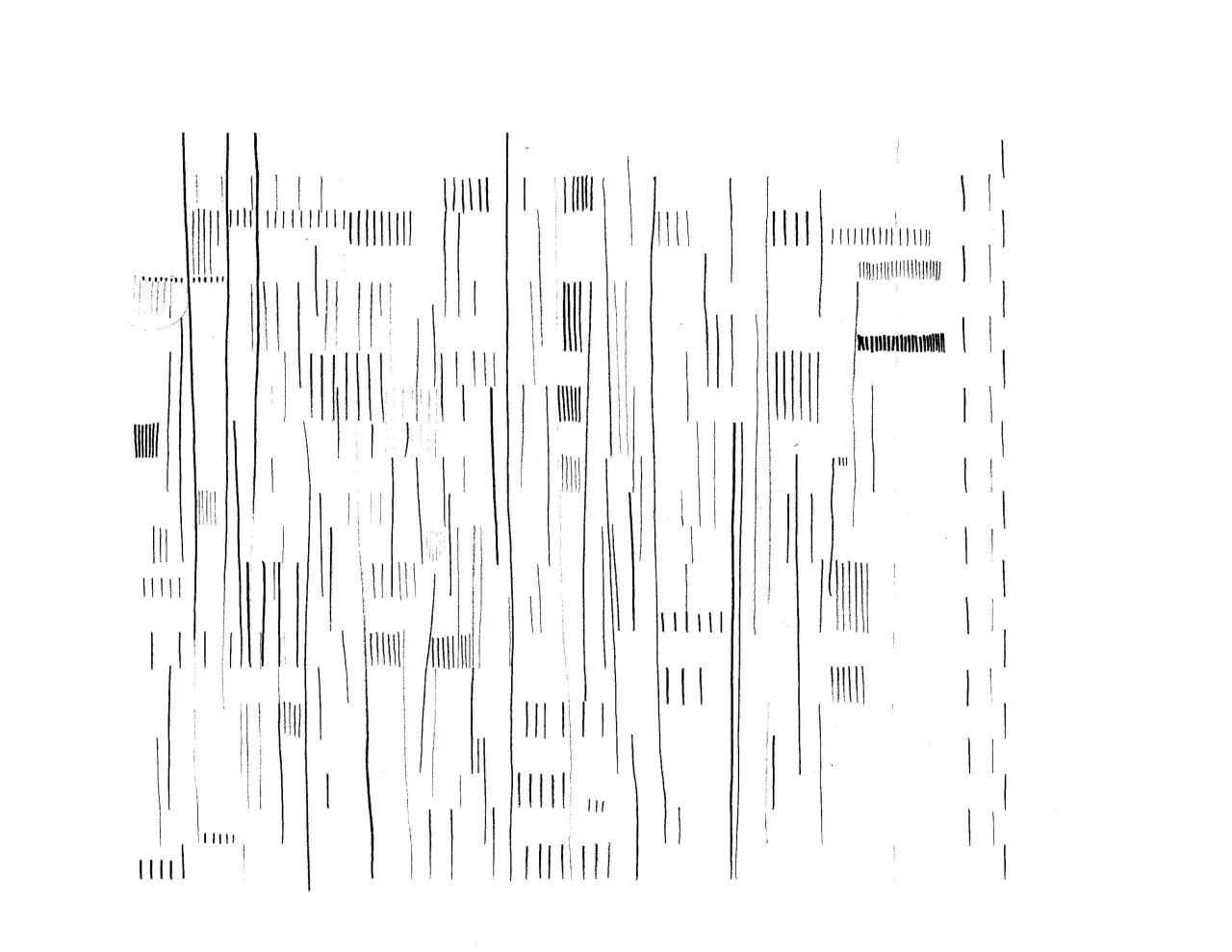
Paper
First, I had to familiarize myself with a pencil in various softness and lead tones. Produce pencil line thickness by sensitive finger pressure onto paper. Control muscles, joints, and posture so that my line can be in a single color between the ends.
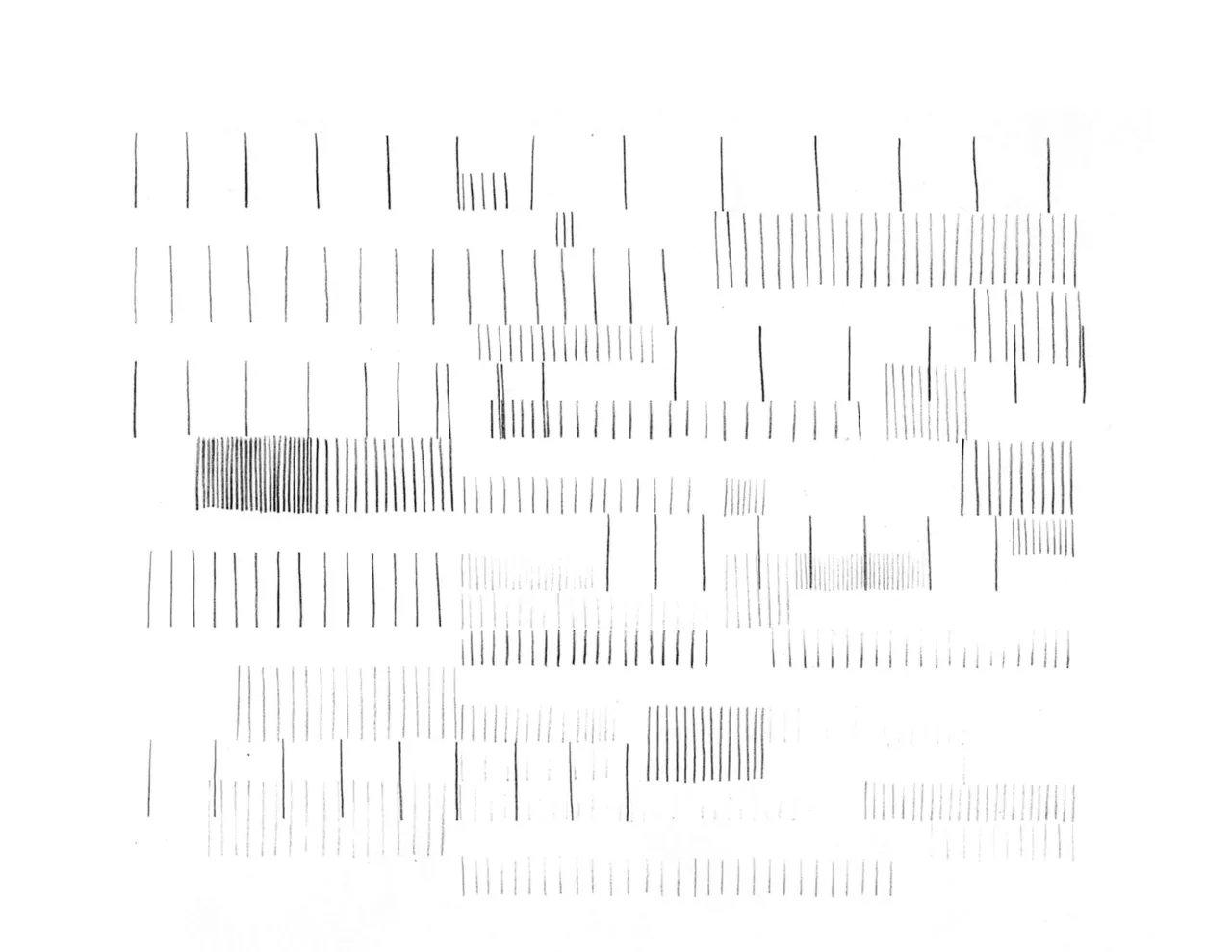
After many hours, I could expand my focus from the line to the frame sheet underneath. Yes, there are horizontal lines on the frame to fix my line height.
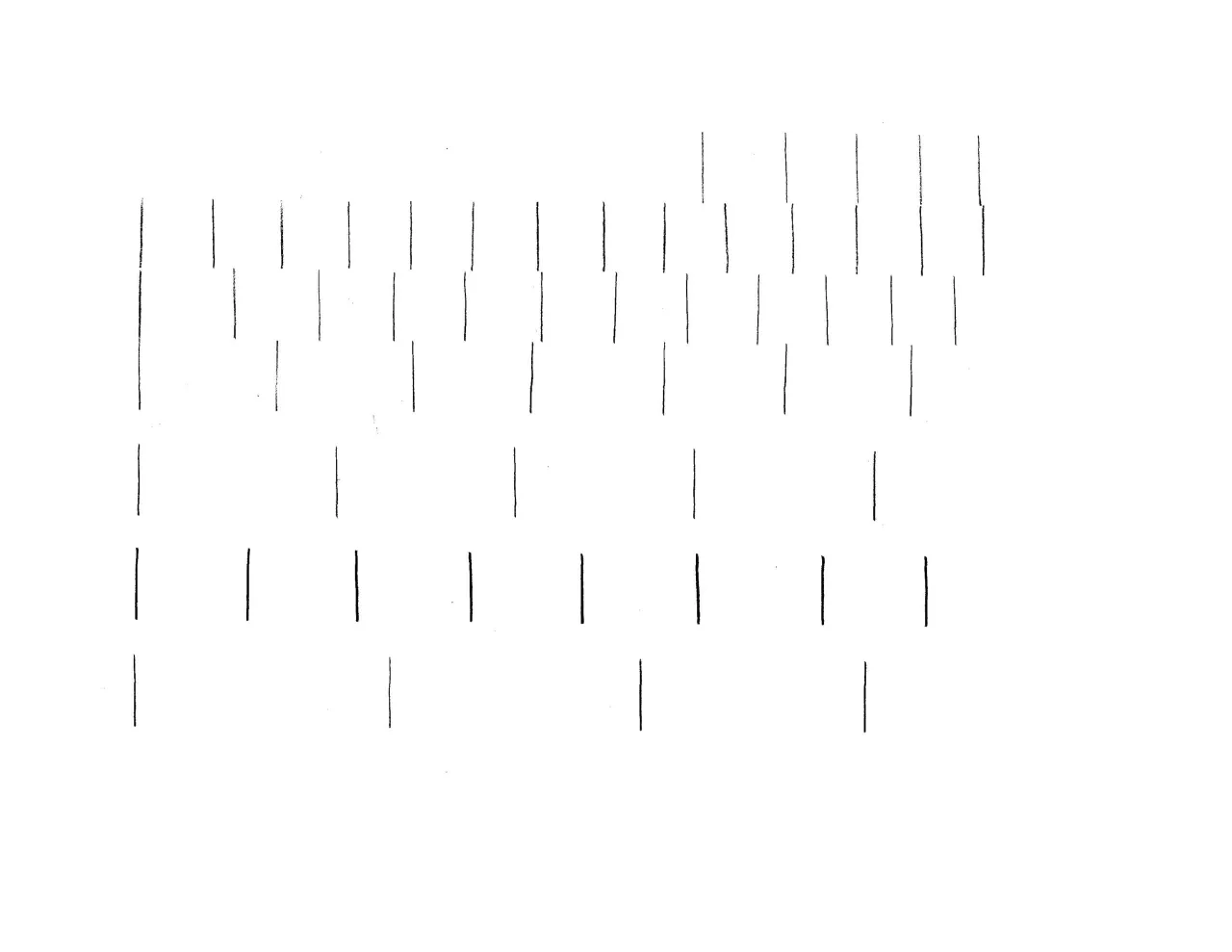
Space
While I still brought the zig-zag lines, I slowly gained a sense of space between the lines horizontally and vertically. It became clearer and clearer to me. I knew the second when the pencil touched the paper whether the stem was set in the right position or not to create the space I wanted with other lines.
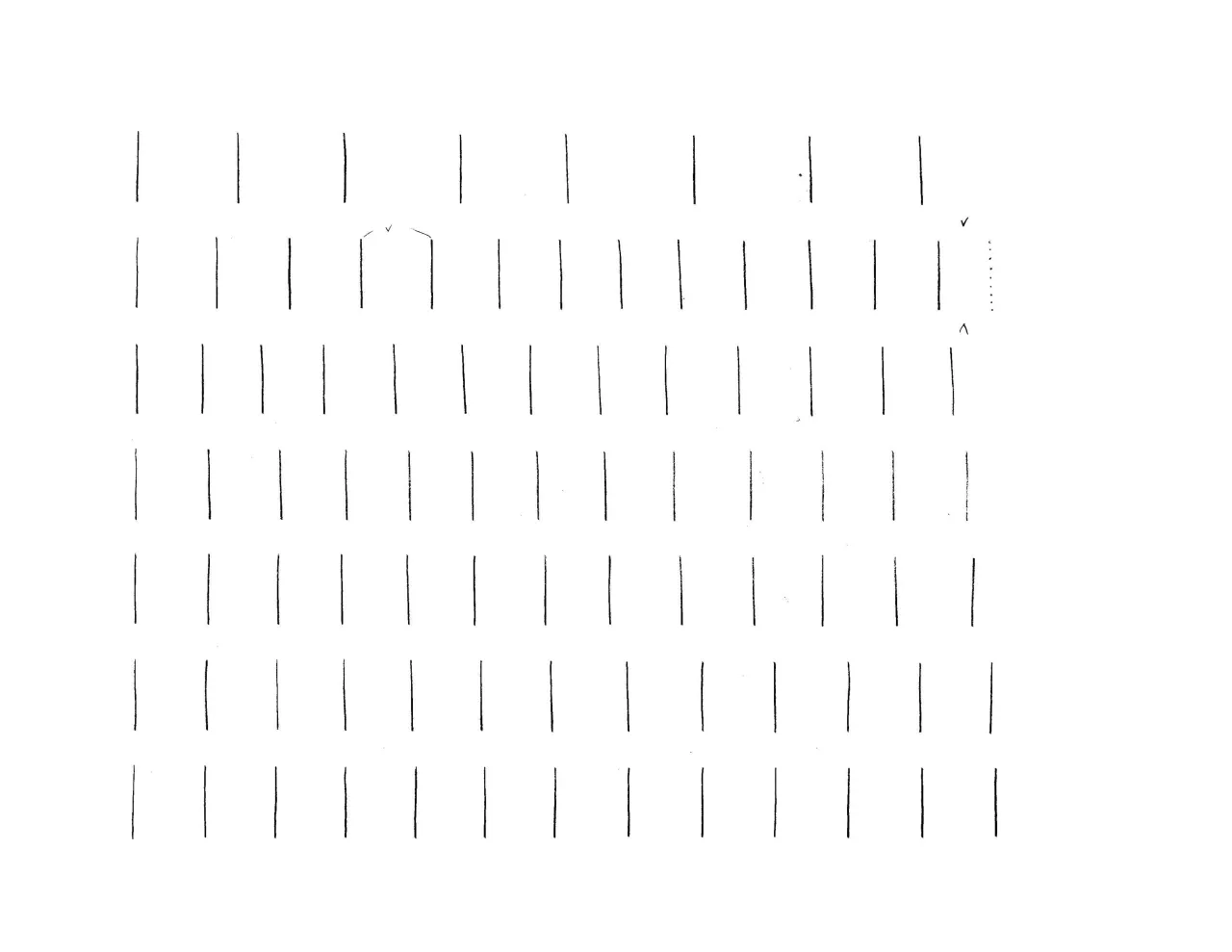
There are two kinds of space. Horizontal space between the lines and vertical space between the rows. Because the frame sheet defines the vertical spacing, I explored the horizontal balancing with various gaps.
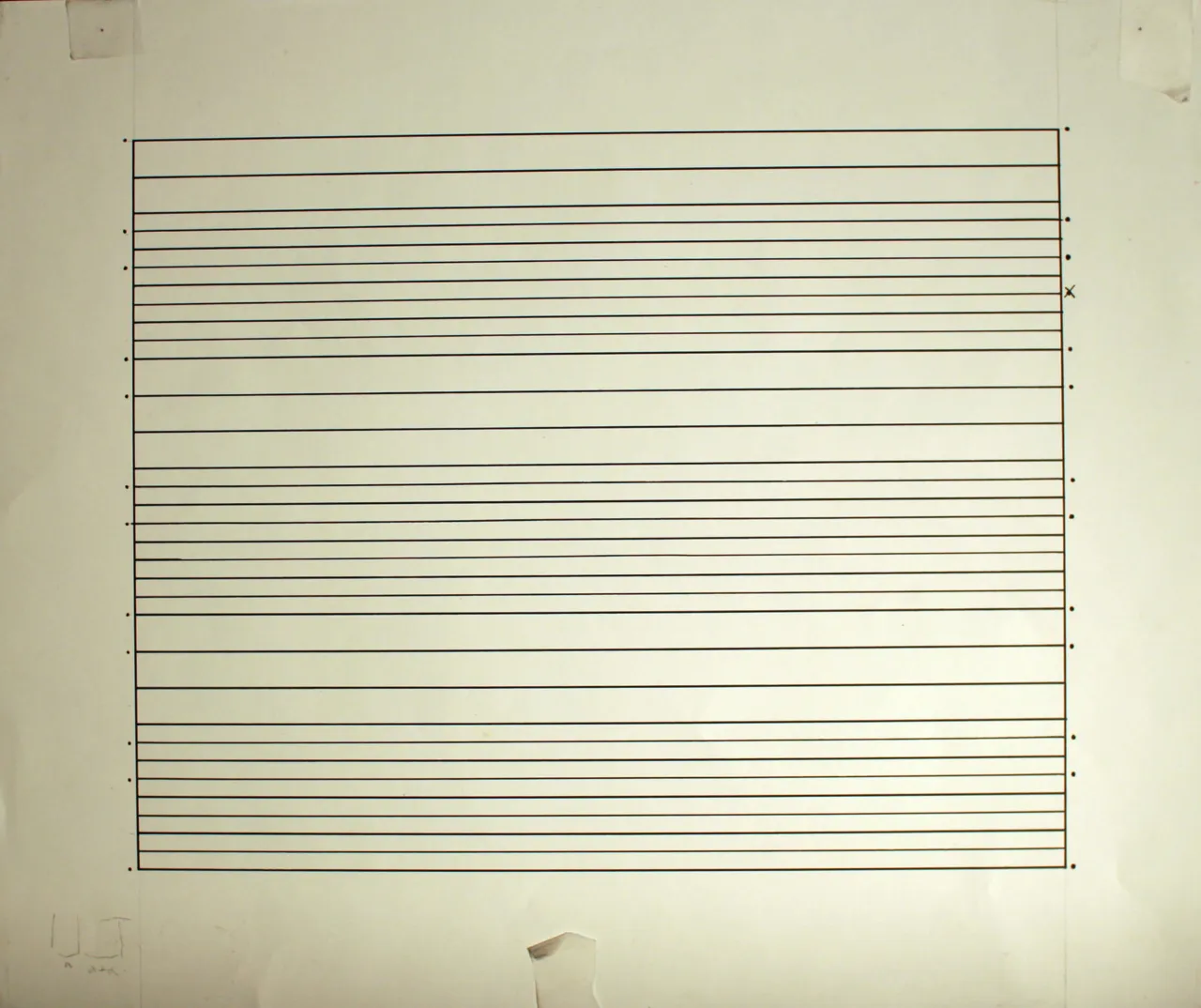
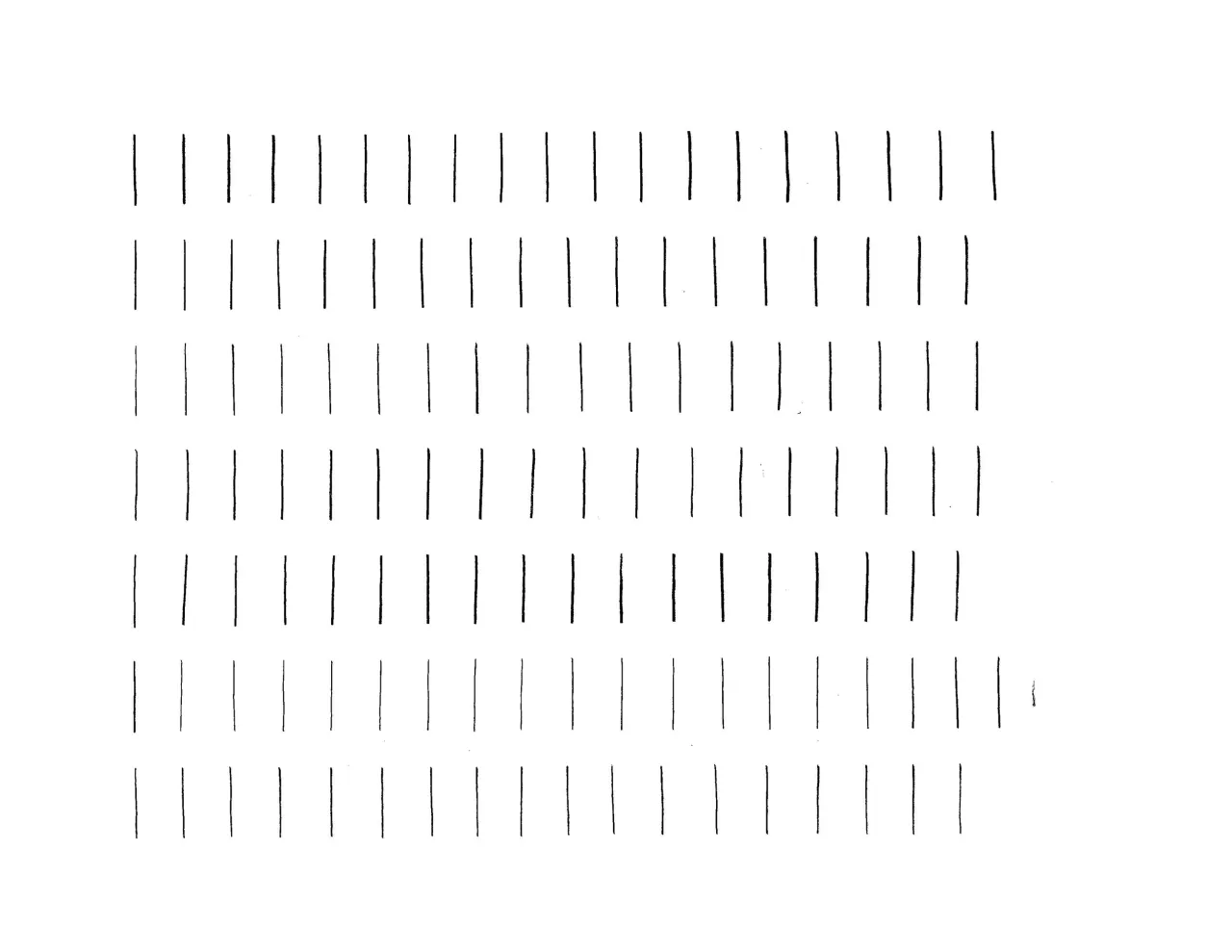
Chisel Tip
Sharpened the pencil chisel tip benefits the lettering lesson two, consistent thickness, and more delicate stroke control. I had to learn how to grind and craft the chisel, how to keep the 45-degree angle while performing a line, and how to maintain the thickness while gradually changing the tone in a single line session.
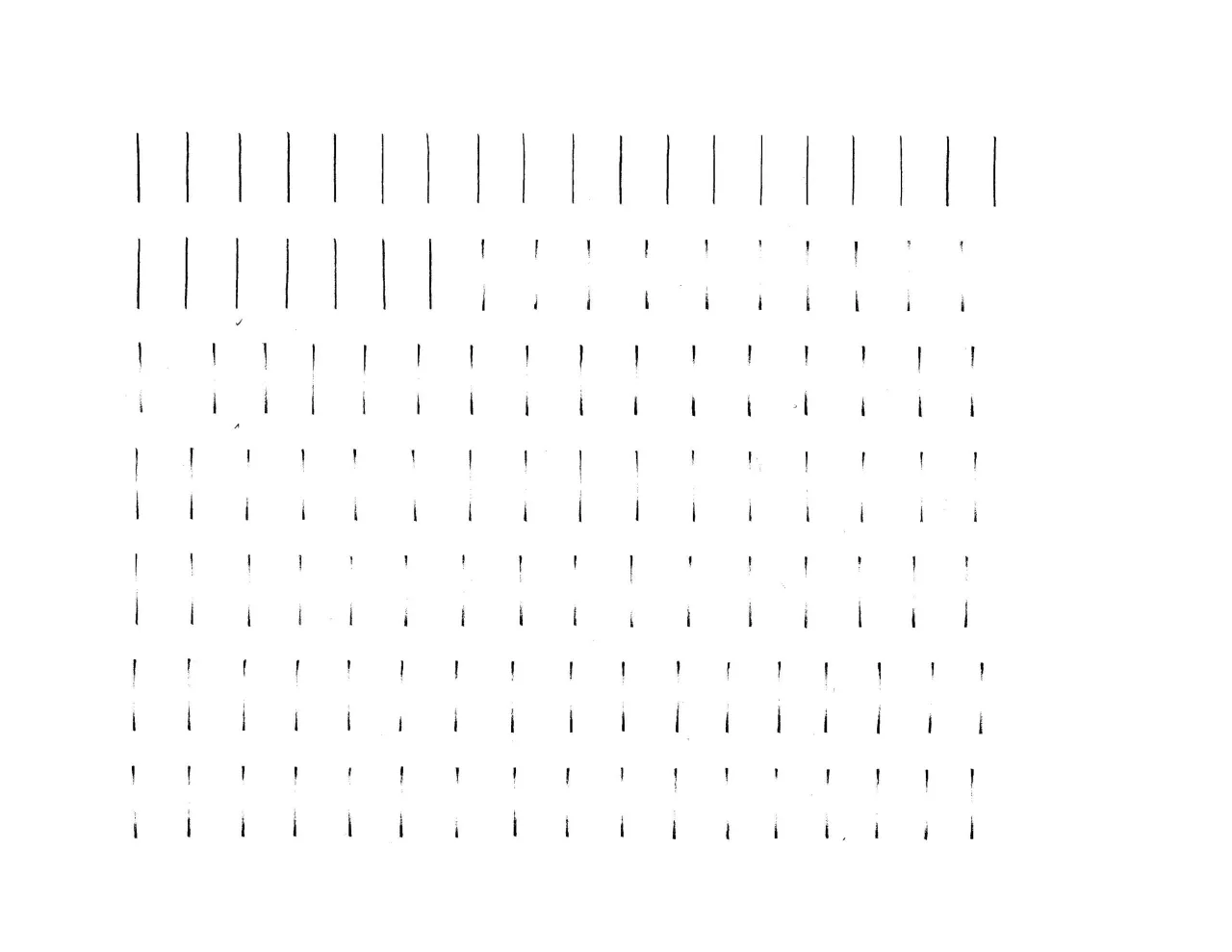
Widened the line width and darkened the ending tone. I became fearless and adventurous because of the delicacy I gained over hours of practice. I love the most beautiful fiber lines drawn by the ground chisel tip. The unevenness often makes an exception at the most middle point of the line.
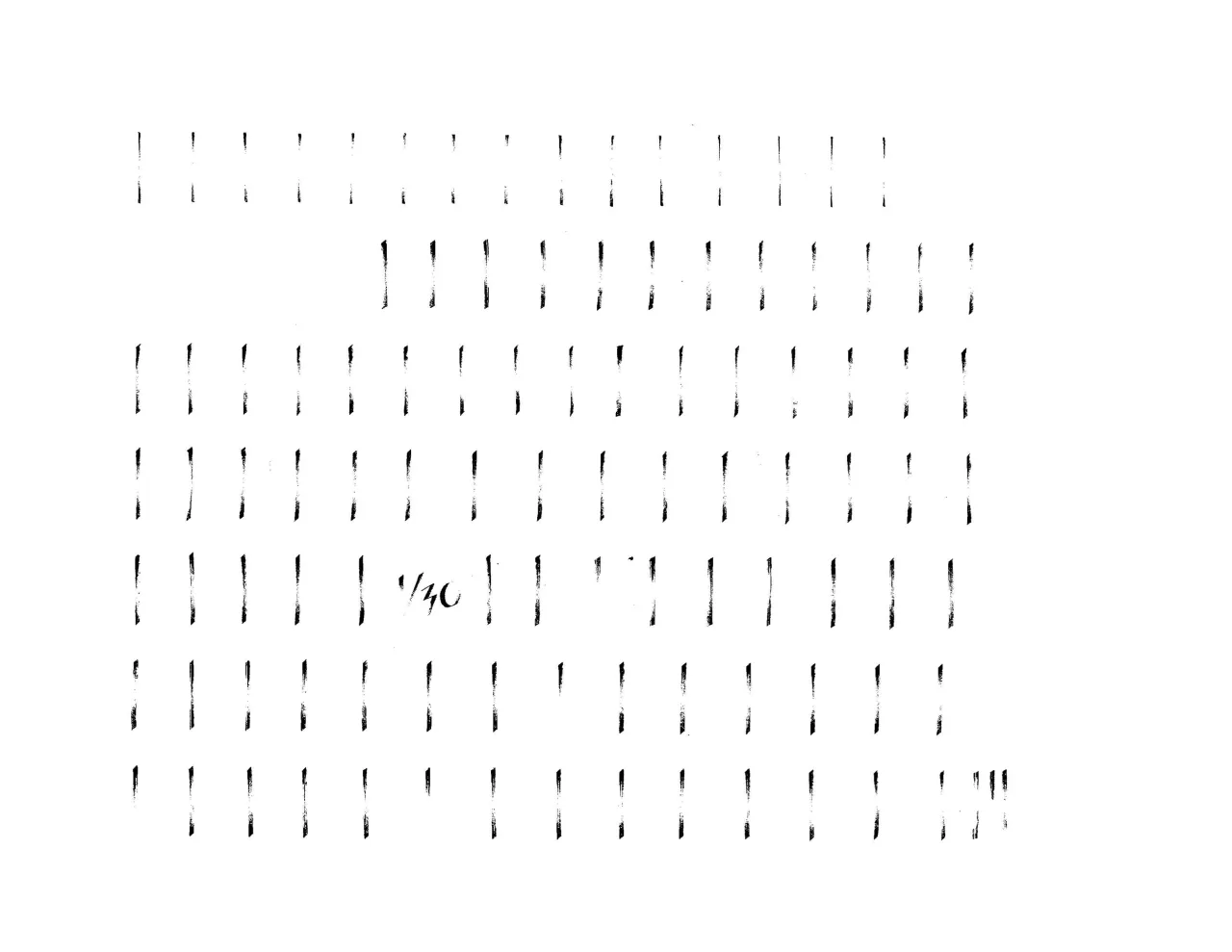
Perseverance
I spent ten seconds drawing the one-inch line and another measuring where to start. No eraser use. Reset if a single mistake occurs. You can imagine how important it is to control oneself. The practice taught me patience, perseverance, and the love of typography.
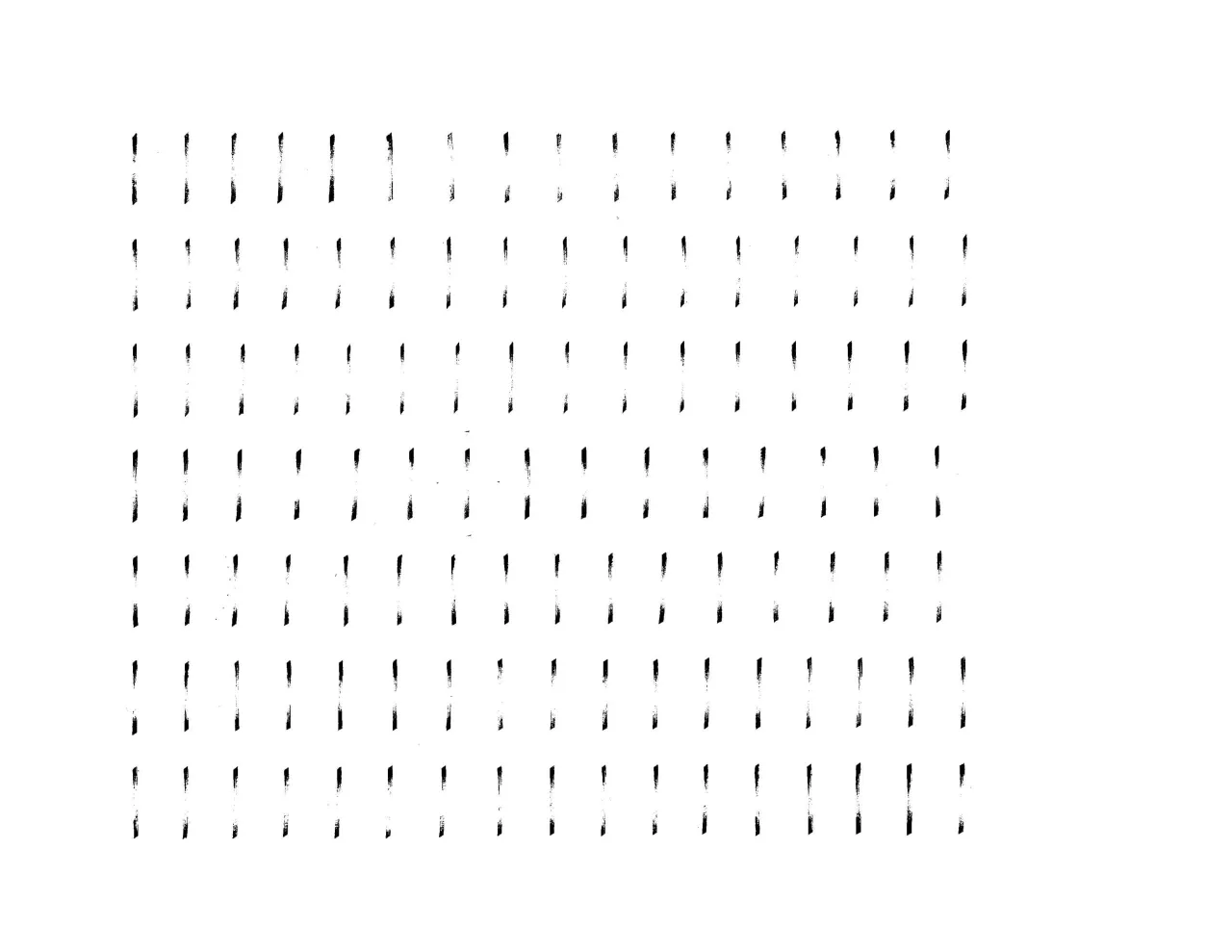
Making a straight vertical line is so easy. Drawing one is hard. This lesson opened my eyes for the first time and taught me typography by words and experience. And I started to desire more.
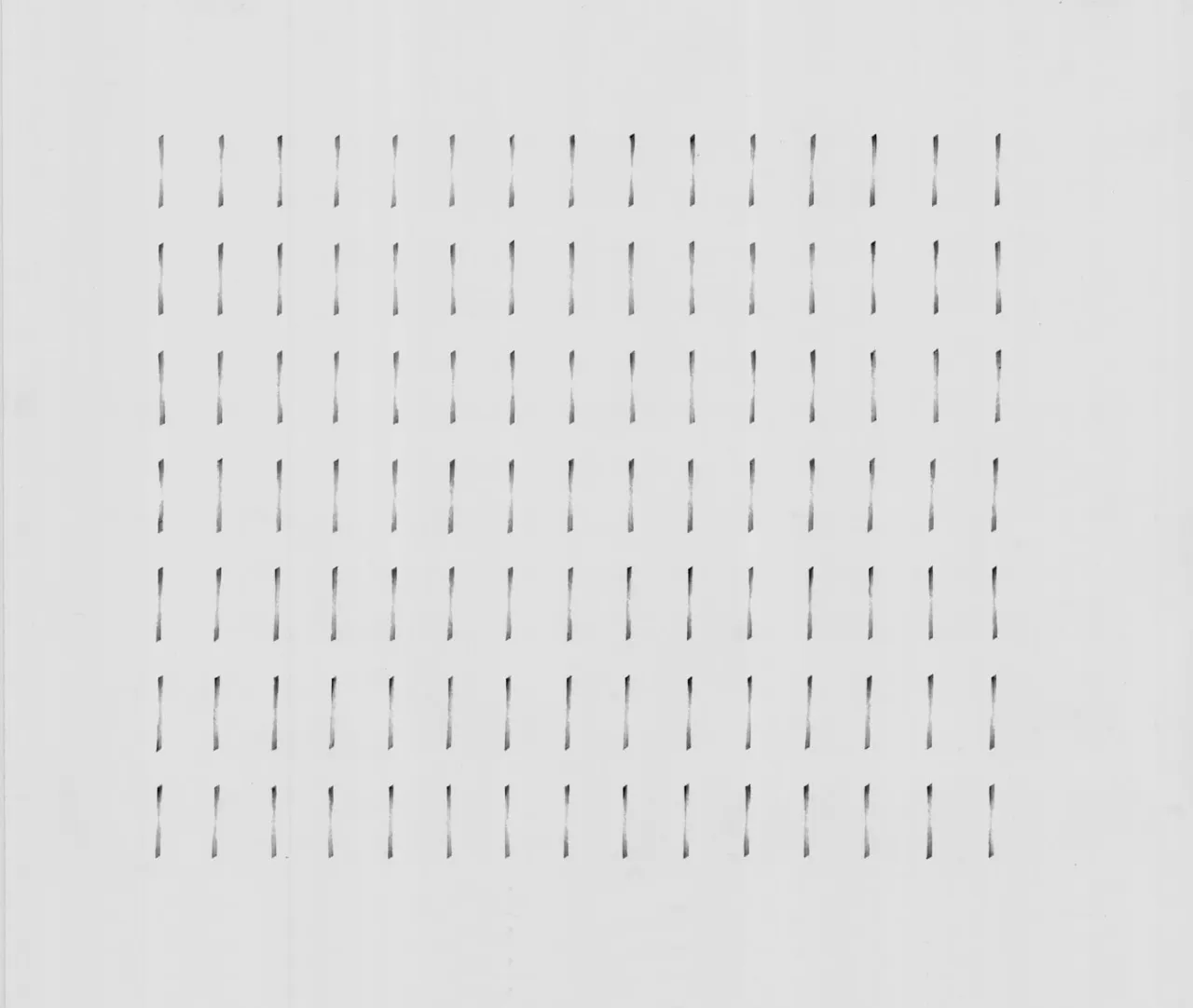
Horizontal Line
Posture
Changing my pose to perform a different line direction from the previous one was critical. After customizing the details from the elbow position to the finger range, I could draw a perfectly perpendicular line from the vertical lines.
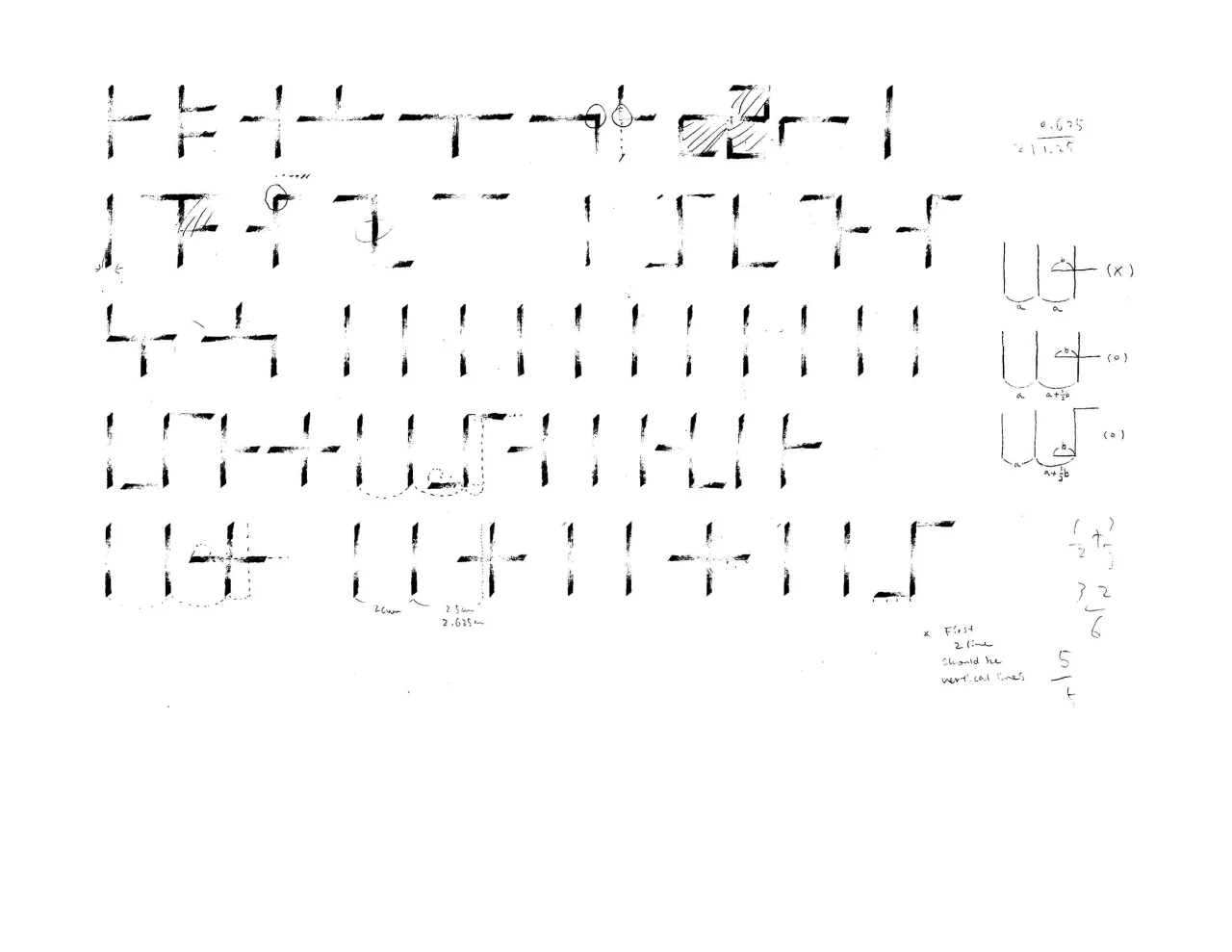
Color of Space
Then, I faced a math problem. Depending on the position of the horizontal line, top, middle, and bottom, I had to adjust the gap between vertical lines to keep the space color consistent. Yes, there was the color of space.
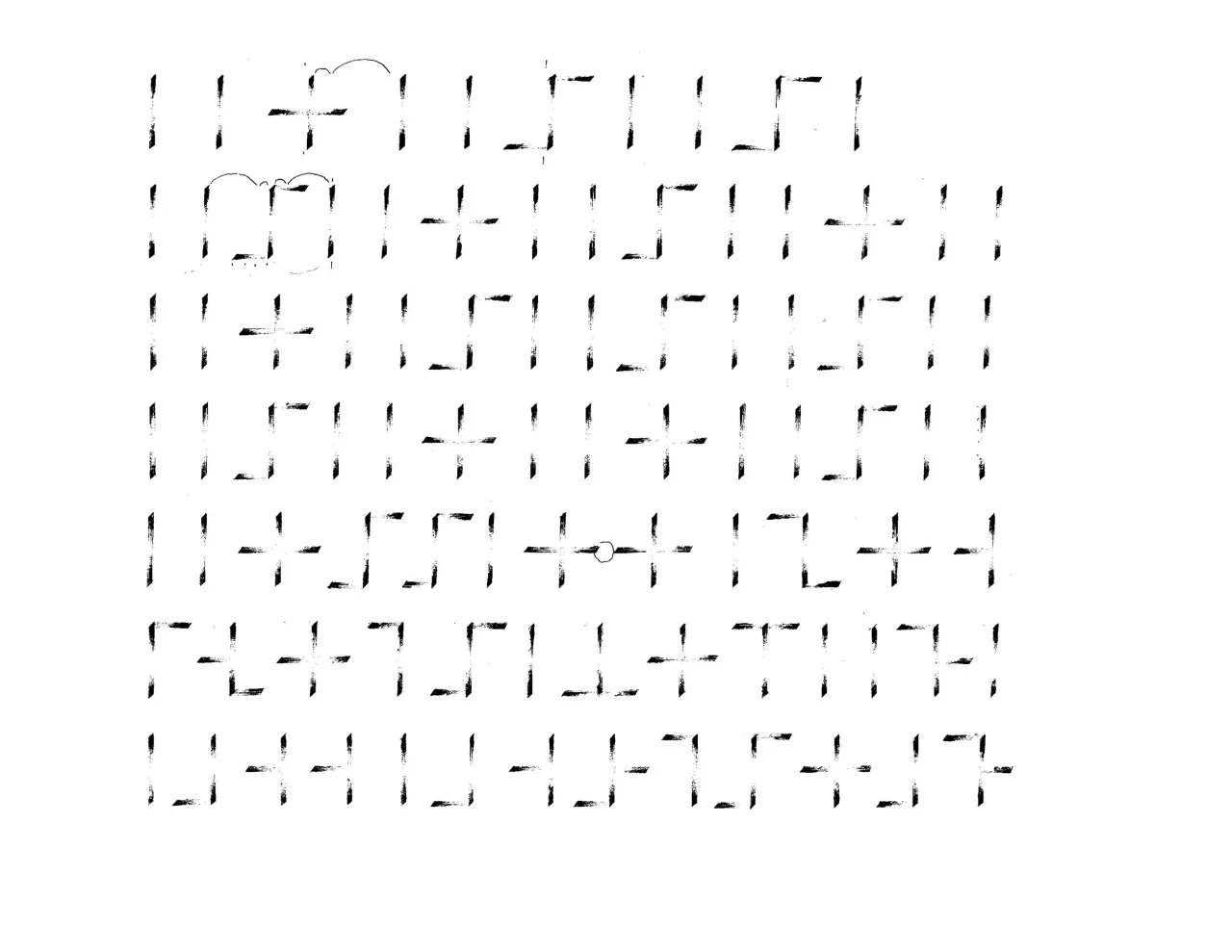
Shapes
With two horizontal lines left and right from a single vertical line, there are 15 shapes I could draw. And I had to consider the many different colors of space.
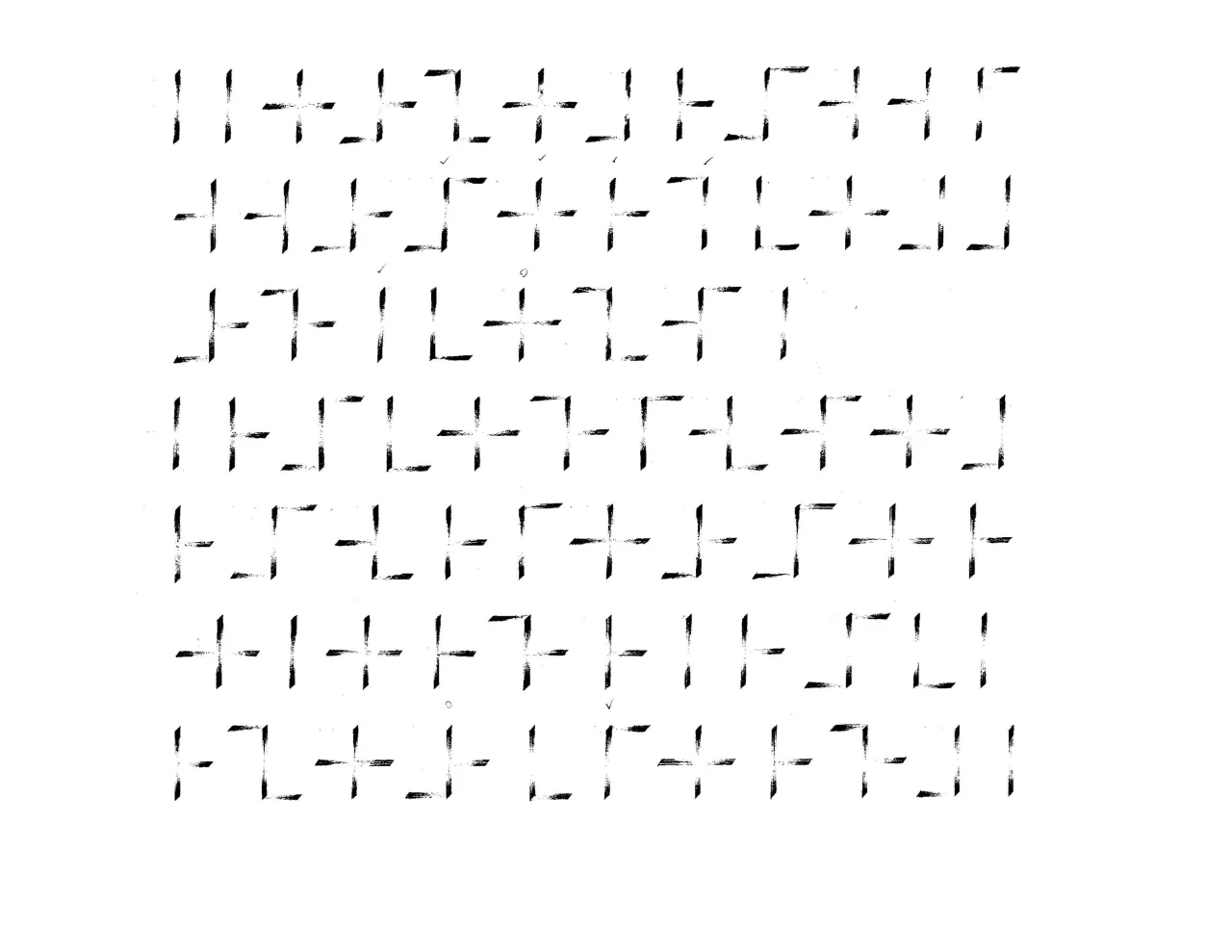
Consistency
If you only look at the vertical lines in the work, the distance between them is not consistent. However, the space overall in the work looks uniform because of the horizontal lines.
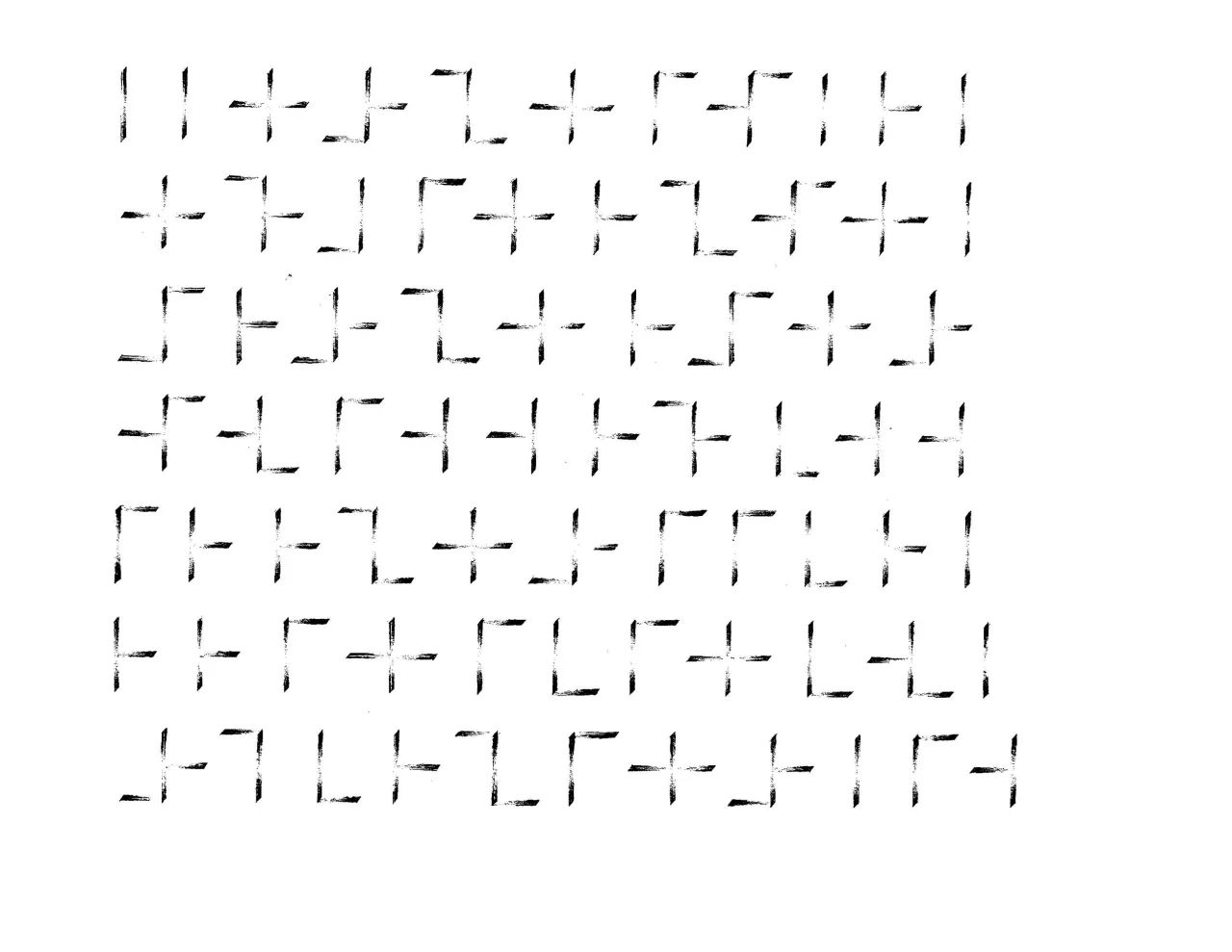
Test
Straight line, check. Spacing, check. Height of horizontal lines, check. I had to test it by looking at the work upside down, tapping it on the wall, checking it in the distance, and fixing eye level right at the worksheet. Never stop the doubt until the exam.
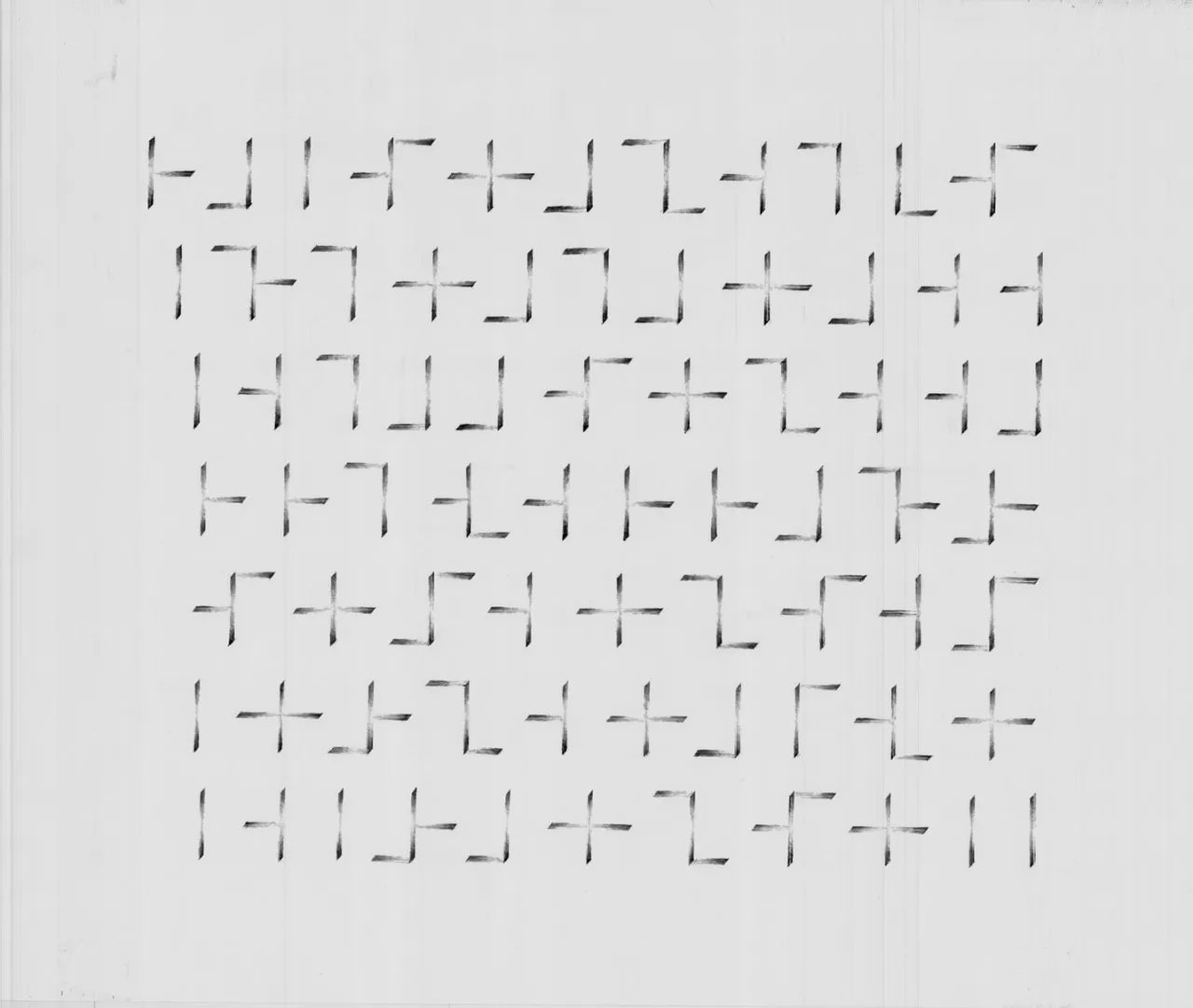
Diagonal Line
45°
When pencil lead width=X and draw lines by keeping the tip 45 degrees angled, the line weights by directions are:
↘ = X
➡️ = 0.71X
⬇️ = 0.71X
↙ = Chisel tip thickness
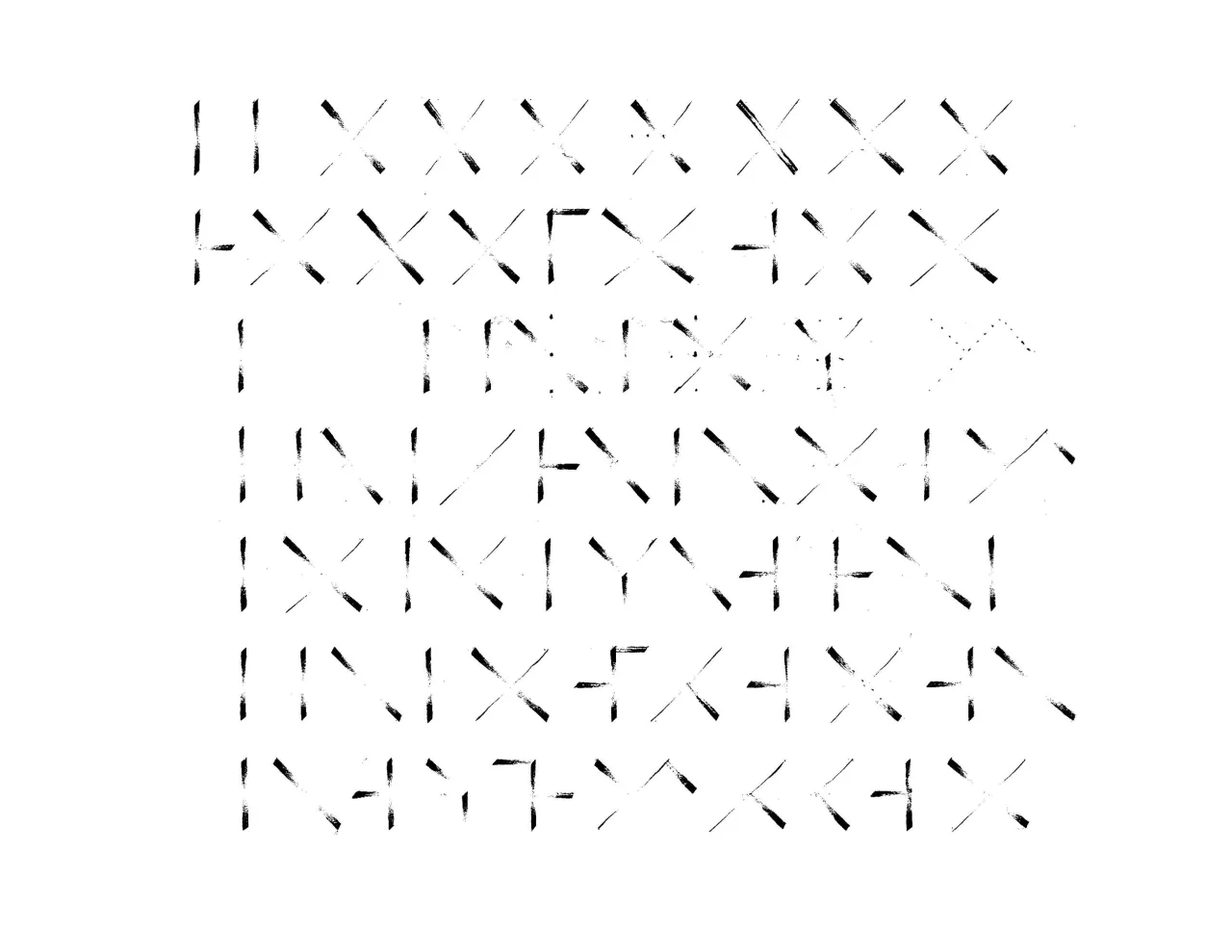
90°
X shape has four counter shape openings: top, right, bottom, and left. I sensed the top-bottom counter space brighter than the left-right of the exact 90-degree X shape. It looked unstable and unbalanced. Although the cross of diagonal lines of X shape should be 90 degrees, my X opens more to the top and bottom to widen the standing ground. Then, all looked right.
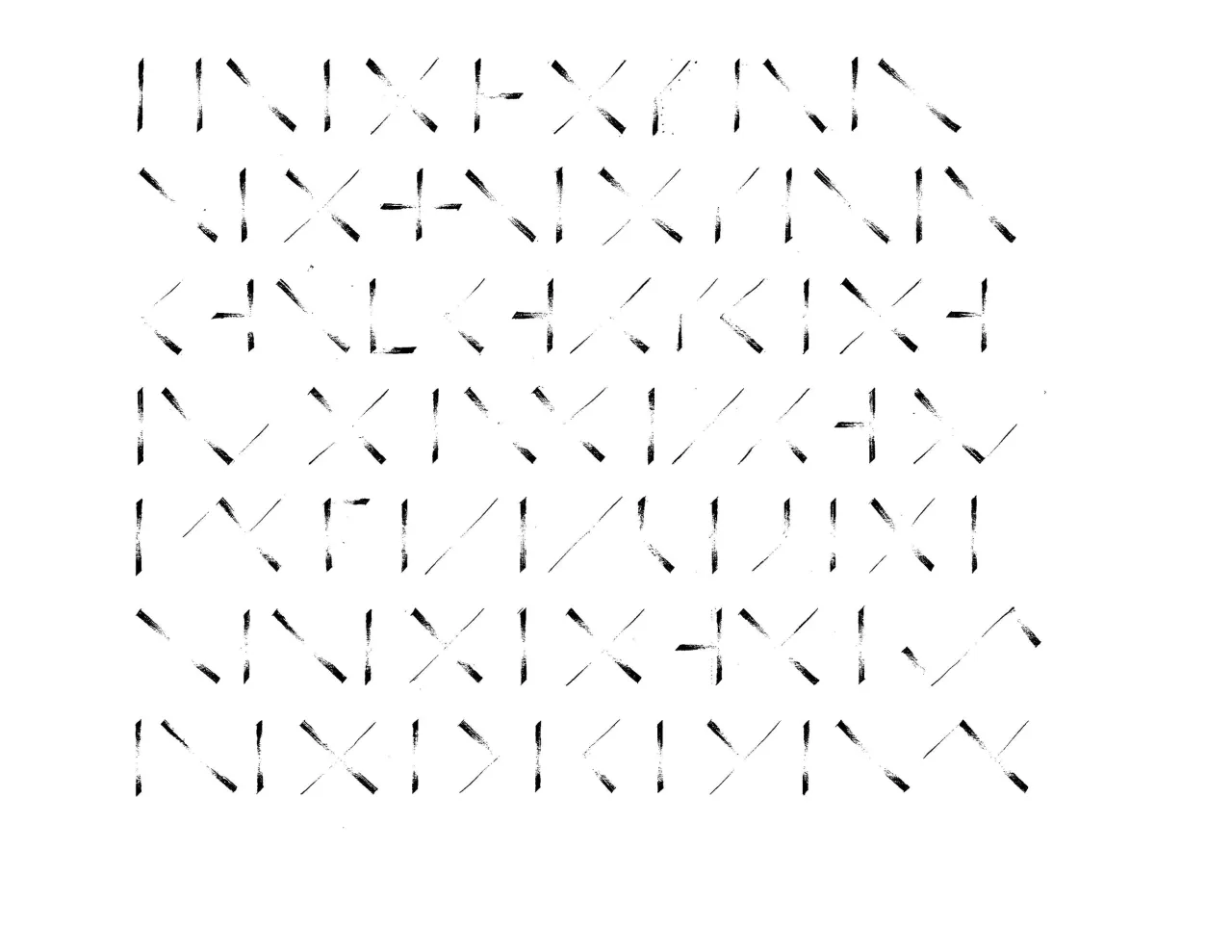
After finding my X shape, I looked at its distance before and after the vertical/horizontal lines. Well, there are many more variations that I had to rely on my senses.
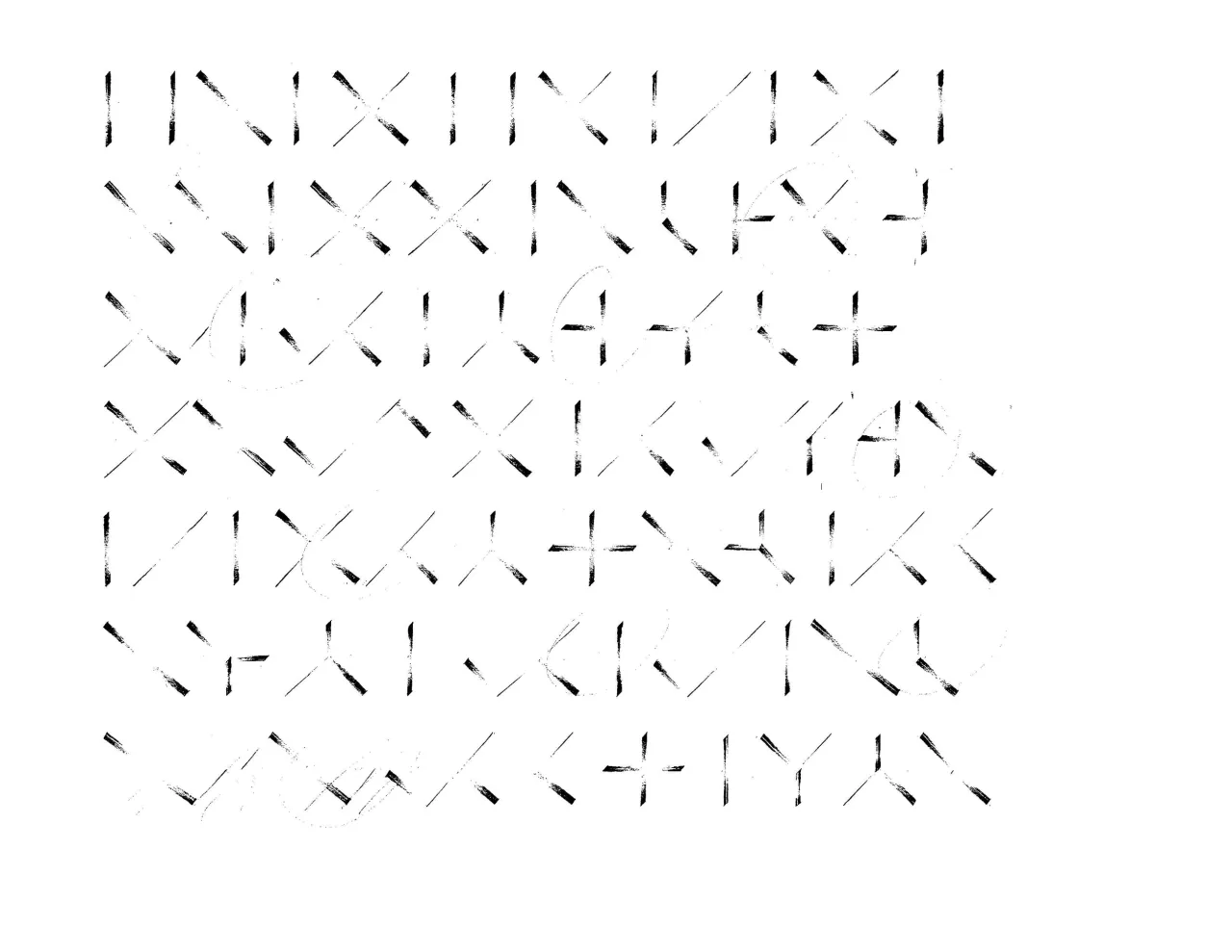
Many shapes. Still even gray color.
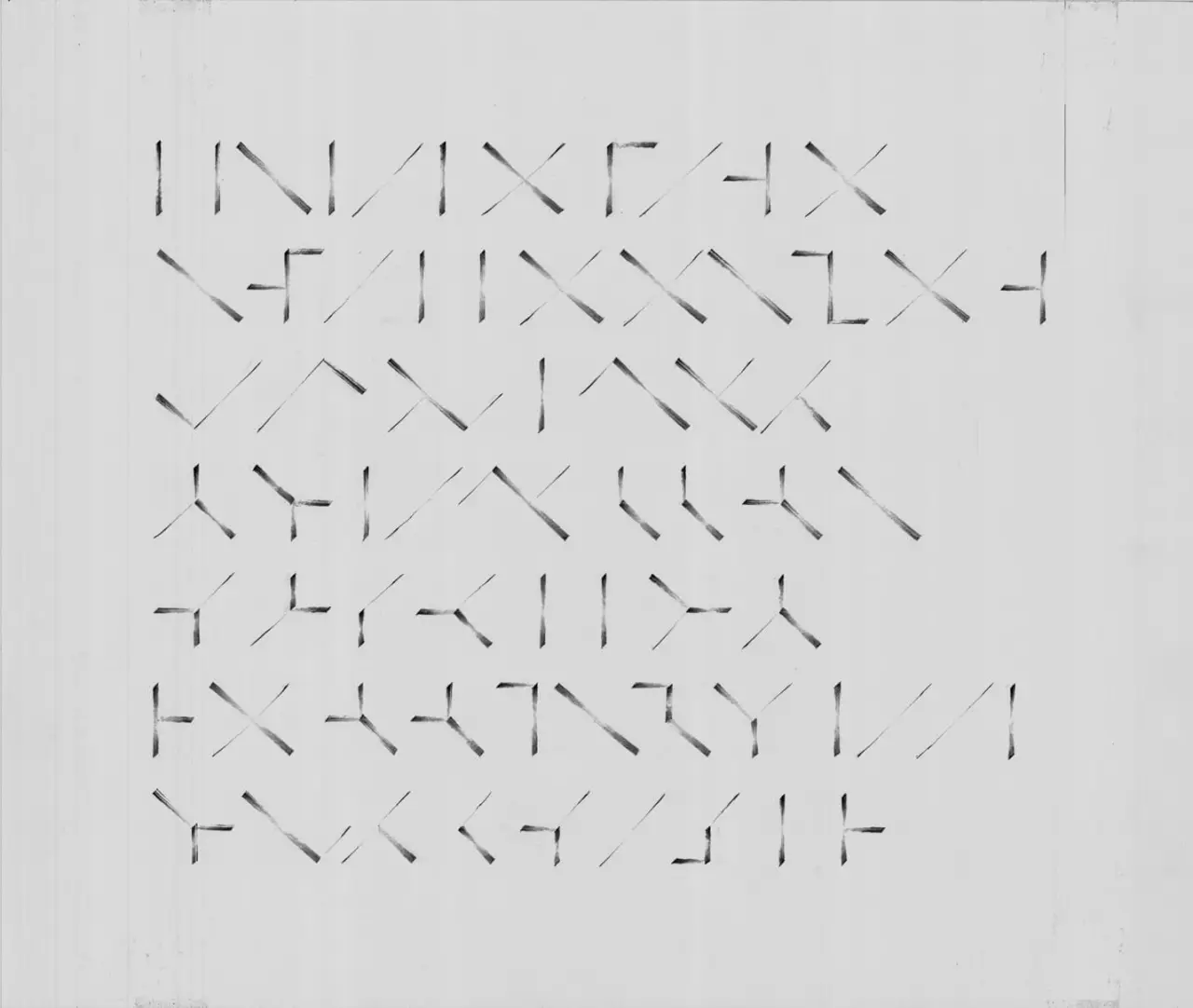
Circular Line
The circular line is the most natural artifact that the human body can produce. However, drawing a perfect circle line is a challenge.
The first mistake was forming a circle with two standing half-circles, joining at 12 and 6 o’clock. The second mistake was setting stress at the ends of the half-circle line. They were supposed to touch the tips at 2 and 7 o’clock and emphasize the middle of the line.
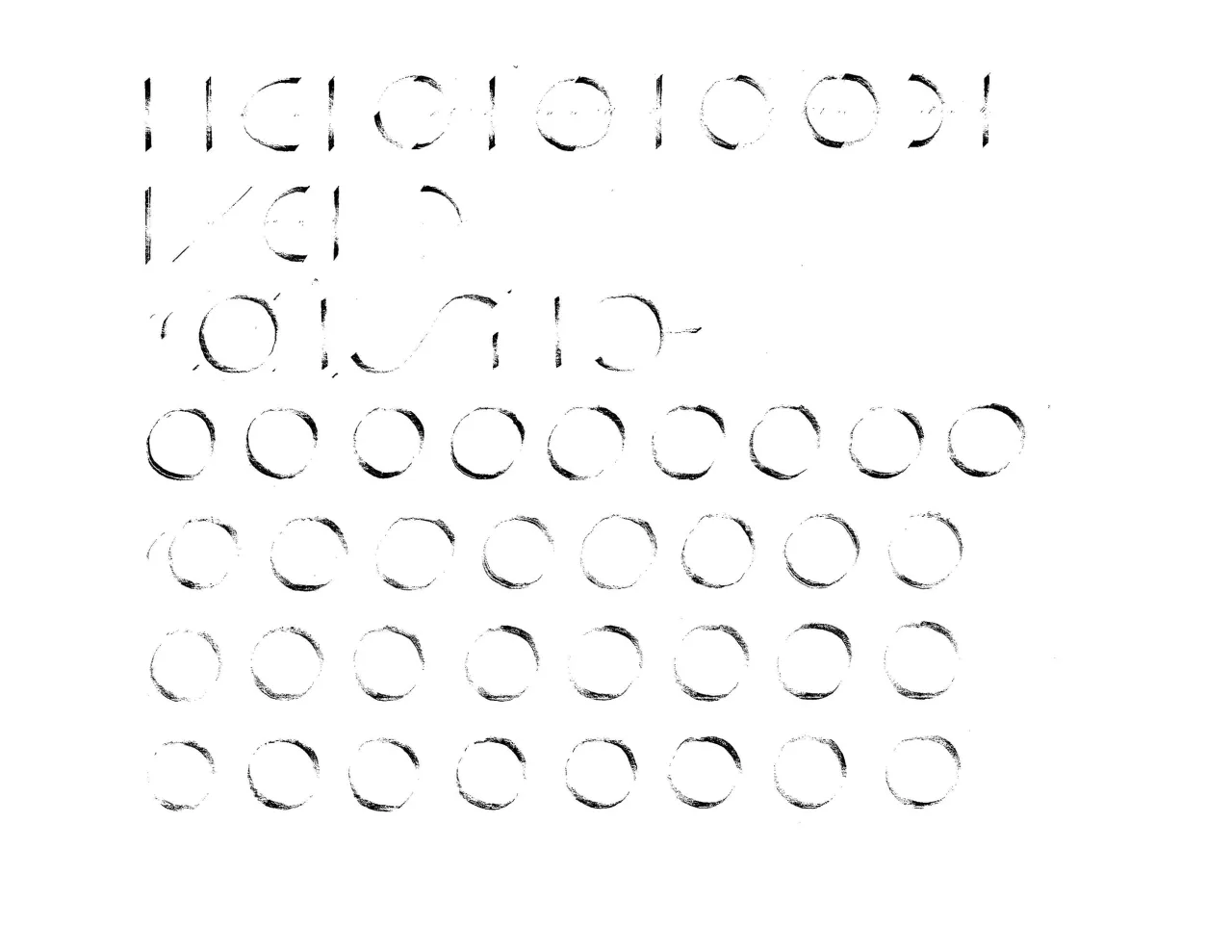
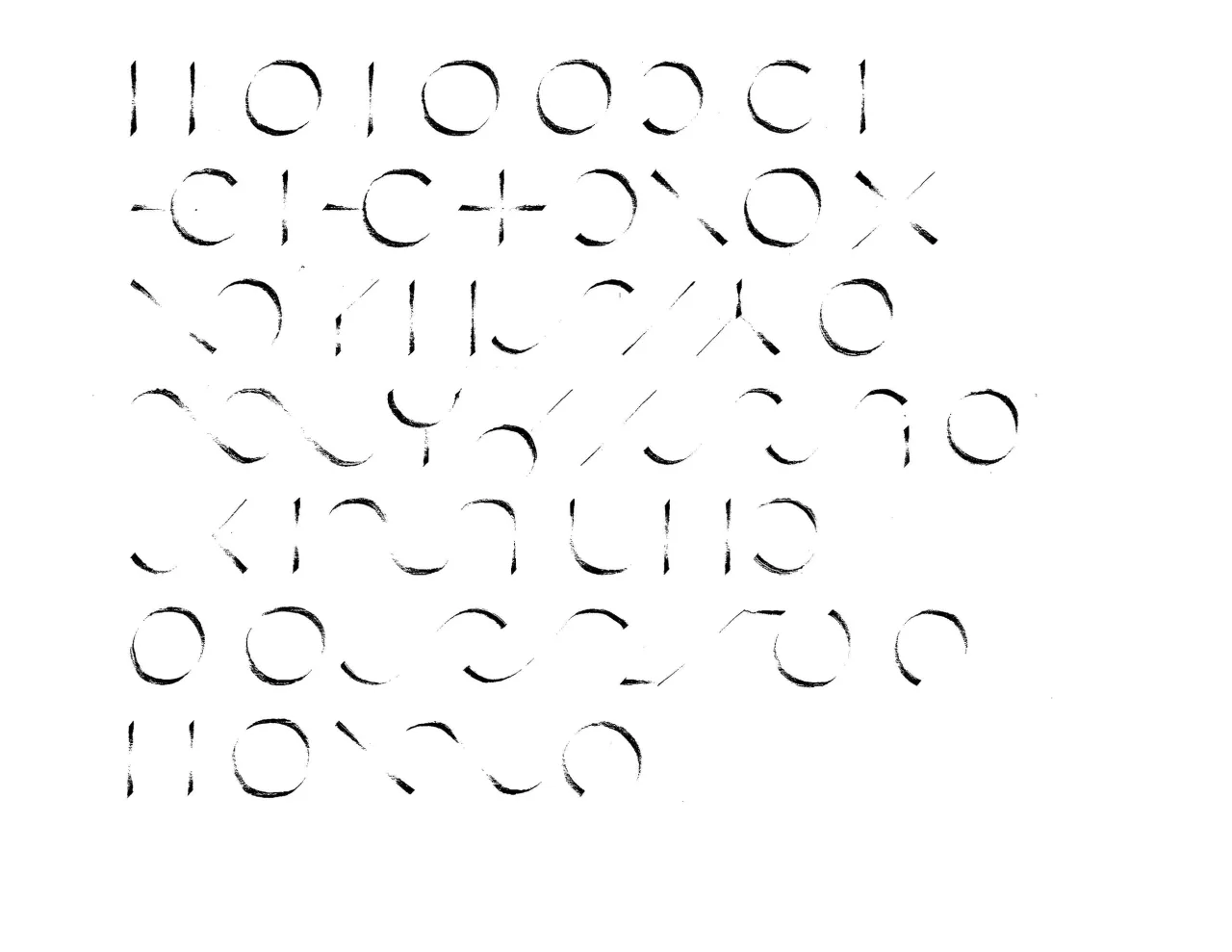
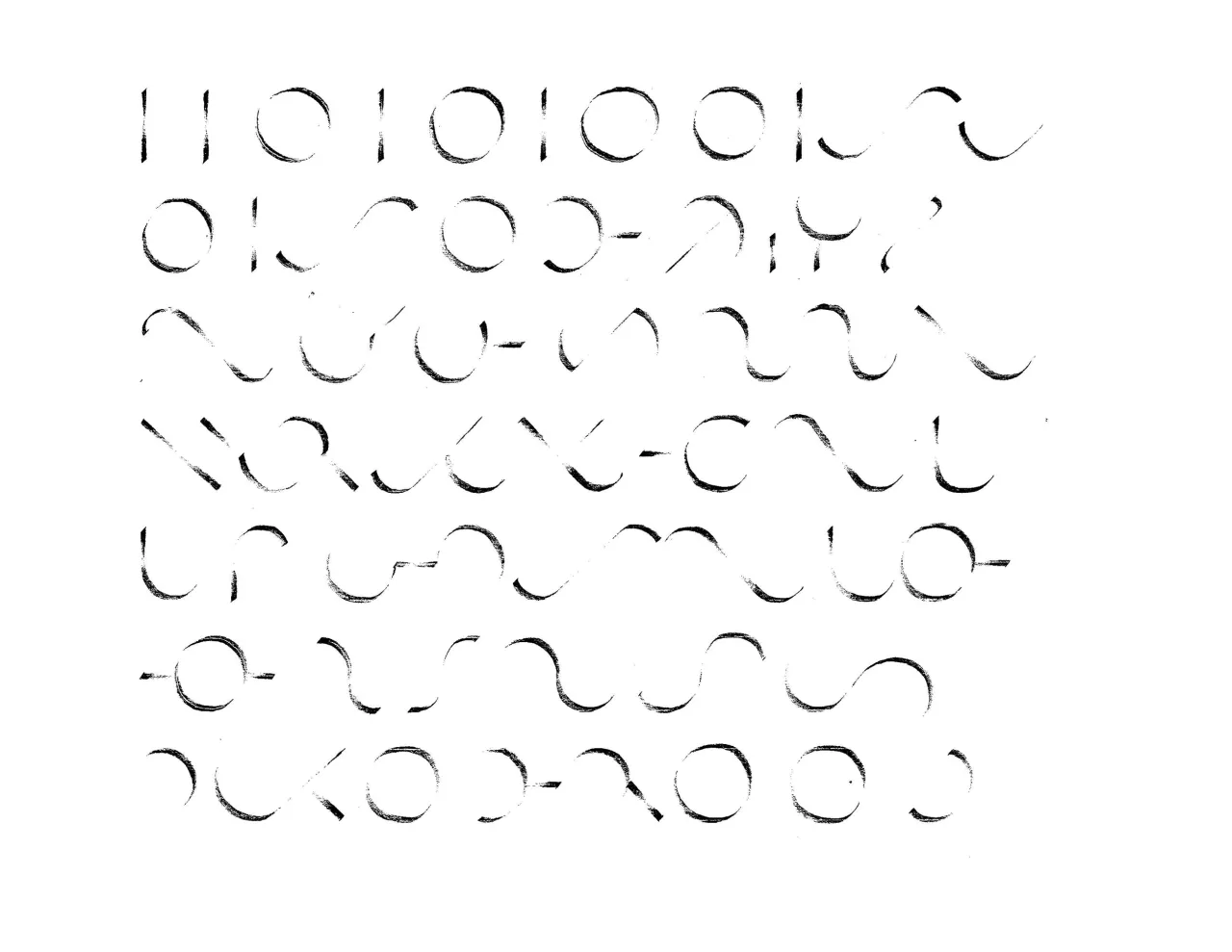
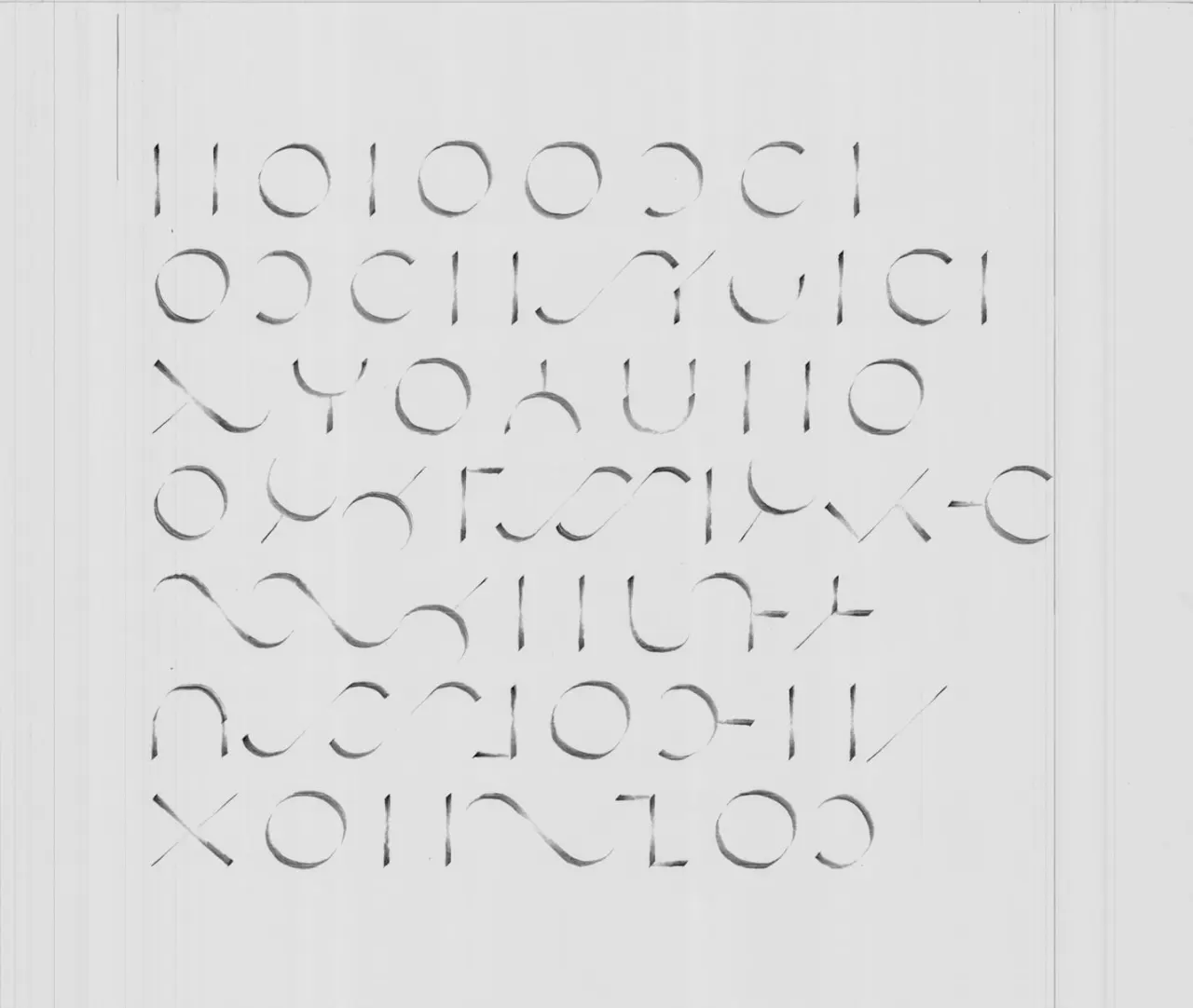
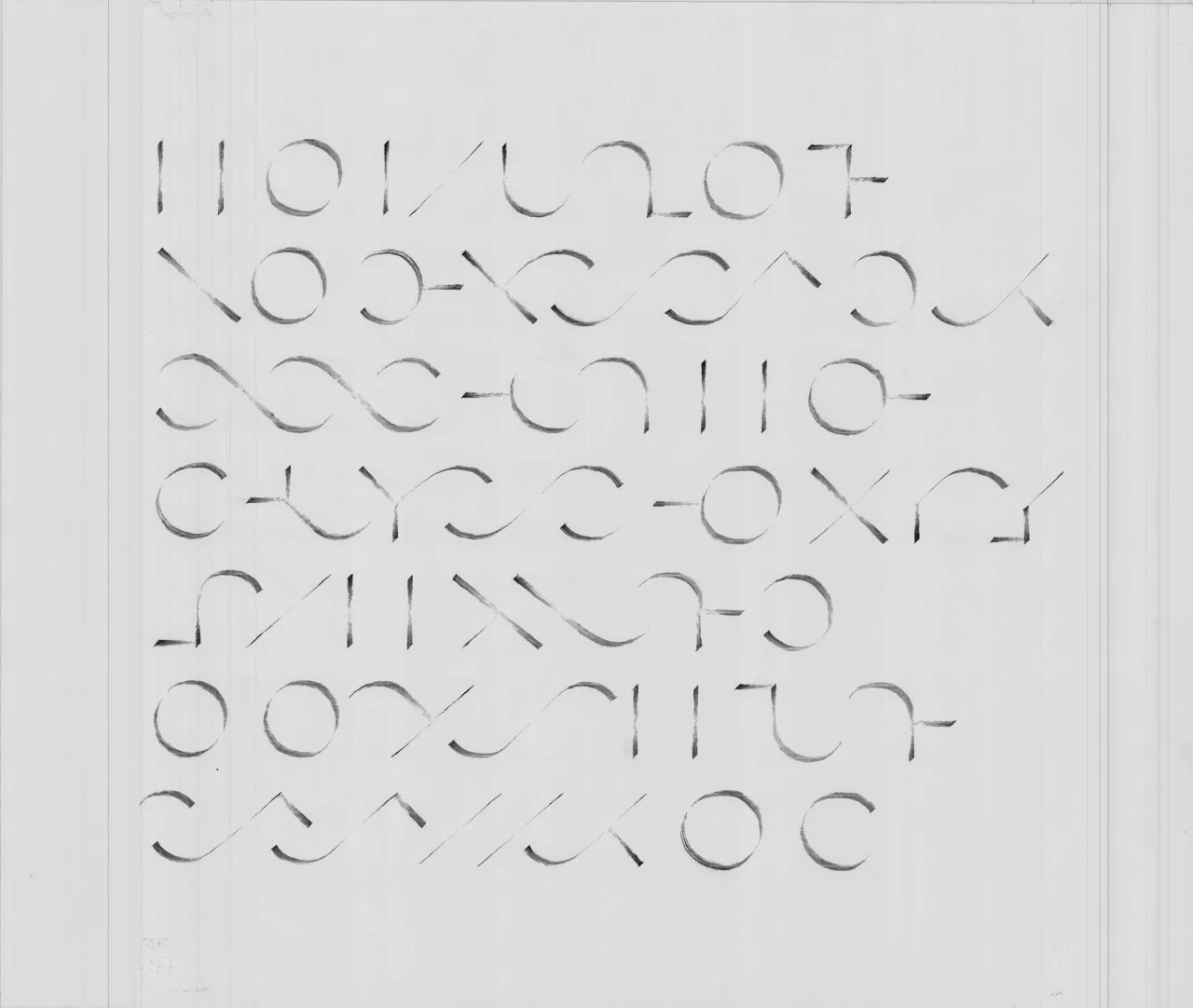
End. 2006/05/12